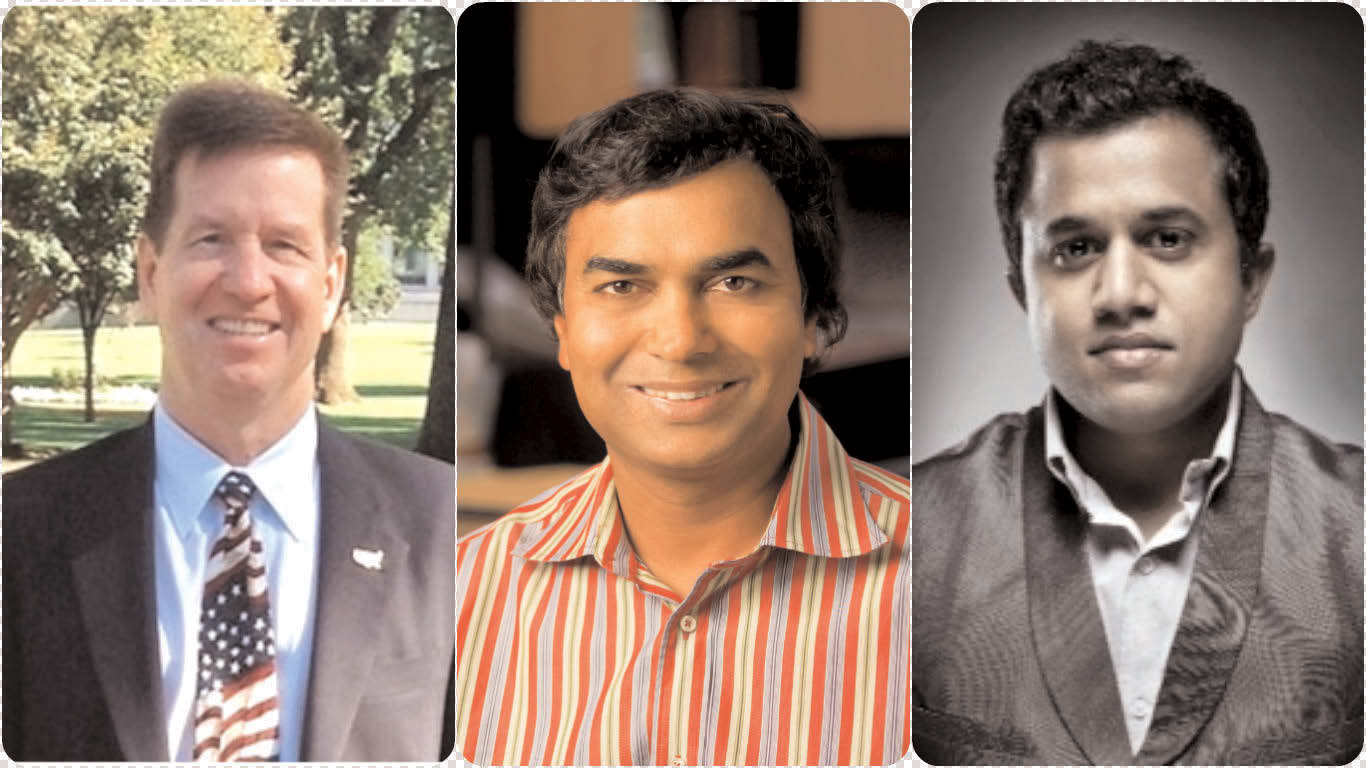
Analysis of the Central Intelligence Agency indicates that India is projected to possess the fourth most capable concentration of power by 2015. According to a report published by the US Congress, India is the developing world’s leading arms purchaser. Despite efforts, however, India’s over reliance on foreign suppliers for military equipment has led to the armed forces Research & Development (R&D) expenditure being cut in real terms, while the armed forces still face the challenge of ageing equipment and the slow pace of modernisation.
In a leaked letter to Prime Minister, General Singh raised the issue of shortcomings within the armed forces. It was found that; the Indian Army lacked sufficient ammunition across its main battle tank fleet while its infantry forces were “crippled with deficiencies” and were lacking key equipment. Additionally, the Army’s Air-defence systems were found to be 97% obsolete and special forces were under-equipped and lacking essential weapons. India is investing 9,970.16 crore (US$1.8 billion) to build a dedicated and secure optical fiber cable (OFC) network for exclusive use of the Army, Navy and Air Force. This will be one of the world’s largest closed user group (CUG) networks.
Education
Education in India is provided by the public sector as well as the private sector, with control and funding coming from three levels: central, state, and local. The Nalanda University was the oldest university-system of education in the world. Western education became ingrained into Indian society with the establishment of the British Raj. Education in India falls under the control of both the Union Government and the states, with some responsibilities lying with the Union and the states having autonomy for others.
The various articles of the Indian Constitution provide for education as a fundamental right. Most universities in India are controlled by the Union or the State Government. India has made progress in terms of increasing primary education attendance rate and expanding literacy to approximately two thirds of the population.[3] India’s improved education system is often cited as one of the main contributors to the economic rise of India.[4] Much of the progress, especially in higher education and scientific research, has been credited to various public institutions. The private education market in India is merely 5%[citation needed] although in terms of value is estimated to be worth $40 billion in 2008 and will increase to $68-70 billion by 2012.
However, India continues to face stern challenges. Despite growing investment in education, 25% of its population is still illiterate; only 15% of Indian students reach high school, and just 7% graduate.[6] The quality of education whether at primary or higher education is significantly poor as compared with major developing nations. As of 2008, India’s post-secondary institutions offer only enough seats for 7% of India’s college-age population, 25% of teaching positions nationwide are vacant, and 57% of college professors lack either a master’s or PhD degree. As of 2011, there are 1522 degreegranting engineering colleges in India with an annual student intake of 582,000,[8] plus 1,244 polytechnics with an annual intake of 265,000. However, these institutions face shortage of faculty and concerns have been raised over the quality of education.
Overview
India’s education system is divided into different levels such as pre-primary level, primary level, elementary education, secondary education, undergraduate level and postgraduate level.
The National Council of Educational Research and Training (NCERT) is the apex body for curriculum related matters for school education in India.[20] The NCERT provides support and technical assistance to a number of schools in India and oversees many aspects of enforcement of education policies.
In India, the various curriculum bodies governing school education system are: The state government boards, in which the majority of Indian children are enrolled.
The Central Board of Secondary Education (CBSE). CBSE conducts two examinations, namely, the All India Secondary School Examination, AISSE (Class/Grade 10) and the All India Senior School Certificate Examination, AISSCE (Class/Grade 12).
The Council for the Indian School Certificate Examinations (CISCE). CISCE conducts three examinations, namely, the Indian Certificate of Secondary Education (ICSE – Class/ Grade 10); The Indian School Certificate (ISC – Class/ Grade 12) and the Certificate in Vocational Education (CVE – Class/Grade 12). The National Institute of Open Schooling (NIOS).
International schools affiliated to the International Baccalaureate Programme and/or the Cambridge International Examinations. Islamic Madrasah schools, whose boards are controlled by local state governments, or autonomous, or affiliated with Darul Uloom Deoband. Autonomous schools like Woodstock School, The Sri Aurobindo International Center of Education Puducherry,Auroville, Patha Bhavan and Ananda Marga Gurukula. In addition, NUEPA (National University of Educational Planning and Administration)[22] and NCTE (National Council for Teacher Education) are responsible for the management of the education system and teacher accreditation.[23]
Literacy
According to the Census of 2011, “every person above the age of 7 years who can read and write in any language is said to be literate”. According to this criterion, the 2011 survey holds the National Literacy Rate to be around 74.07%. Government statistics of 2001 also hold that the rate of increase in literacy is more in rural areas than in urban areas. Female literacy was at a national average of 65% whereas the male literacy was 82%.
Within the Indian states, Kerala has shown the highest literacy rates of 93% whereas Bihar averaged 63.8% literacy. The 2001 statistics also indicated that the total number of ‘absolute nonliterates’ in the country was 304 million.
Budget
As a part of the tenth Five year Plan (2002-2007), the central government of India outlined an expenditure of 65.6% of its total education budget of 438.25 billion (US$7.98 billion) i.e. 287.5 billion (US$5.23 billion) on elementary education; 9.9% i.e. 43.25 billion (US$787.15 million) on secondary education; 2.9% i.e. 12.5 billion (US$227.5 million) on adult education; 9.5% i.e. 41.765 billion (US$760.12 million) on higher education; 10.7% i.e. 47 billion (US$855.4 million) on technical education; and the remaining 1.4% i.e. 6.235 billion (US$113.48 million) on miscellaneous education schemes.
Public expenditure on
education in India During the Financial Year 2011-12, the Central Government of India has allocated Rs 38,957 crores for the Department of School Education and Literacy which is the main department dealing with primary education in India. Within this allocation, major share of Rs 21,000 crores, is for the flagship program ‘Sarva Siksha Abhiyan’. However, budgetary allocation of Rs 21,000 crores is considered very low in view of the officially appointed Anil Bordia Committee recommendation of Rs 35,659 for the year 2011-12.
This higher allocation was required to implement the recent legislation ‘Right of Children to Free and Compulsory Education Act, 2009.
In recent times, several major announcements were made for developing the poor state of affairs in education sector in India, the most notable ones being the National Common Minimum Programme (NCMP) of the United Progressive Alliance (UPA) government. The announcements are; (a) To progressively increase expenditure on education to around 6 percent of GDP. (b) To support this increase in expenditure on education, and to increase the quality of education, there would be an imposition of an education cess over all central government taxes. (c) To ensure that no one is denied of education due to economic backwardness and poverty. (d) To make right to education a fundamental right for all children in the age group 6-14 years. (e) To universalize education through its flagship programmes such as Sarva Siksha Abhiyan and Mid Day Meal. However, even after five years of implementation of NCMP, not much progress has been seen on this front. Although the country targeted towards devoting 6% share of the GDP towards the educational sector, the performance has definitely fallen short of expectations.
Expenditure on education has steadily risen from 0.64% of GDP in 1951-52 to 2.31% in 1970-71 and thereafter reached the peak of 4.26% in 2000-01. However, it declined to 3.49% in 2004-05. There is a definite need to step up again.
As a proportion of total government expenditure, it has declined from around 11.1 per cent in 2000-2001 to around 9.98 per cent during UPA rule, even though ideally it should be around 20% of the total budget.
A policy brief issued by [Network for Social Accountability (NSA) titled “[NSA Response to Education Sector Interventions in Union Budget: UPA Rule and the Education Sector][104]” provides significant revelation to this fact.
Due to a declining priority of education in the public policy paradigm in India, there has been an exponential growth in the private expenditure on education also. [As per the available information, the private out of pocket expenditure by the working class population for the education of their children in India has increased by around 1150 percent or around 12.5 times over the last decade





Be the first to comment